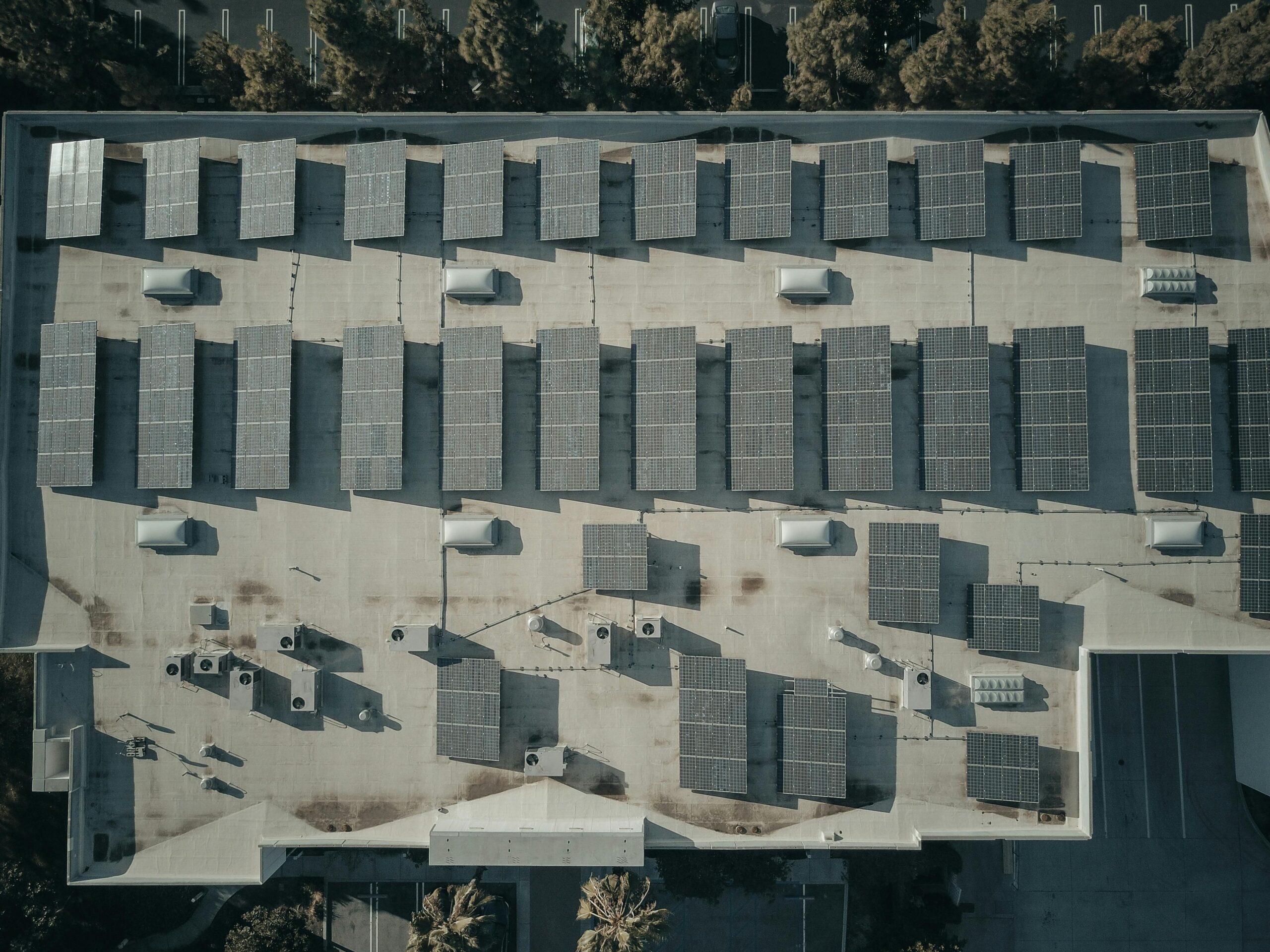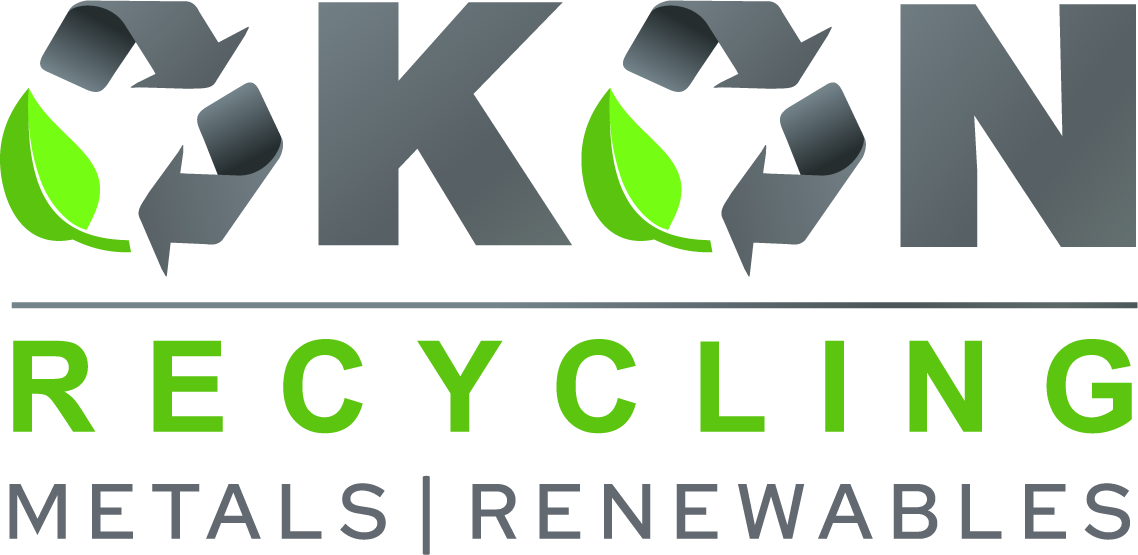5901 Botham Jean Blvd, Dallas, TX 75215
Photovoltaic Panel Waste Recycling: Sustainable Solar Solutions
February 13, 2025Did you know that global solar energy capacity surpassed 1 terawatt in 2022? This milestone highlights the rapid adoption of solar power worldwide. However, as solar installations continue to grow, a challenge arises: the increasing amount of photovoltaic (PV) panel waste.
The solar industry’s expansion brings a pressing need for responsible end-of-life management of PV panels. With an average lifespan of 25-30 years, millions of tons of solar panel waste are projected to accumulate in the coming decades. The International Renewable Energy Agency estimates that by 2050, the world could face up to 78 million tons of PV panel waste.
This is where companies like Okon Recycling play a vital role. With a commitment to sustainability and innovative recycling technologies, Okon Recycling helps recover valuable materials from decommissioned solar panels, including glass, metals, and polymers. By diverting waste from landfills and reintroducing reclaimed materials into the production cycle, they support a more sustainable future for the solar industry.
The environmental benefits of PV recycling are significant. Studies indicate that recycled PV panels can reduce module toxicity to the environment and humans by 10-70%. Additionally, recycling helps conserve limited natural resources and decreases the need for raw material extraction, further minimizing the solar industry’s carbon footprint.
As the demand for sustainable waste management solutions grows, companies specializing in PV recycling, like Okon Recycling, are rising to the challenge—ensuring that solar energy remains a truly green solution from installation to end-of-life disposal.
Challenges in Recycling Photovoltaic Panels and Solutions

As solar energy gains widespread adoption, a significant challenge emerges: the recycling of photovoltaic (PV) panels at the end of their 25-30 year lifespan. This presents a complex issue that the industry is striving to address.
Consider the scenario of a mountain of discarded solar panels, each containing valuable resources and potentially harmful materials. This is not a distant concern; by 2050, experts predict we will face 78 million metric tons of solar panel waste globally.
The Polymer Problem: Unsticking a Sticky Situation
One major obstacle in recycling PV panels is the polymers that bind the components together. Materials like ethylene-vinyl acetate (EVA) are extremely durable, which is beneficial for longevity but challenging for recyclers attempting to separate valuable materials.
Imagine trying to peel apart a peanut butter and jelly sandwich left in the sun for 30 years. This illustrates the challenge recyclers face when disassembling these panels. Current methods often involve energy-intensive processes like pyrolysis or using harsh chemical solvents, which are not ideal environmentally.
However, innovative solutions are emerging. Researchers are exploring techniques with supercritical fluids or specialized infrared heating to separate layers more efficiently, potentially transforming the recycling process to be more economical and environmentally friendly.
Toxic Materials: Handling with Care
Another significant challenge is managing the toxic materials found in some solar panels. Cadmium telluride (CdTe) thin-film panels, although less common than silicon-based panels, contain cadmium, a carcinogen that requires careful handling.
Imagine if your phone battery could power your house but also posed a contamination risk. This is the kind of challenge posed by cadmium in solar panels. Proper recycling is crucial for resource recovery and environmental and public health protection.
Encouragingly, some manufacturers are leading in responsible recycling. First Solar, a major CdTe panel producer, has been recycling its products since 2005, recovering cadmium and other valuable materials. Their closed-loop approach shows that, with the right technologies and commitment, even challenging materials can be safely and efficiently managed.
Solutions on the Horizon: Standards and Infrastructure
As the solar industry grows, so must our waste management approach. Developing robust recycling standards and infrastructure is crucial for addressing these challenges at scale. Several initiatives are paving the way forward:
In the United States, states like Washington lead with the Photovoltaic Module Stewardship and Takeback Program, requiring manufacturers to finance and implement recycling plans for panels sold after July 1, 2023. This “extended producer responsibility” model could serve as a blueprint for national policies.
Internationally, the European Union’s Waste Electrical and Electronic Equipment (WEEE) Directive already mandates solar panel recycling, spurring the development of specialized recycling facilities and technologies across Europe, offering valuable lessons for other regions.
Research institutions and industry collaborations are also driving innovation. Projects like the European Union’s PHOTORAMA consortium are developing automated systems to disassemble panels and recover materials with unprecedented efficiency and purity.
A Brighter Future for Solar Recycling
While recycling photovoltaic panels presents significant challenges, the solar industry is rising to meet them. As technologies improve and recycling infrastructure expands, we are moving closer to a truly circular economy for solar energy. The key lies in continued innovation, supportive policies, and a commitment from all stakeholders to prioritize sustainability throughout the entire lifecycle of solar technology.
By addressing these recycling challenges directly, we can ensure solar energy remains a leading example of clean, renewable power for future generations. The path forward may have obstacles, but with ingenuity and determination, the future of solar recycling looks promising.
The Circular Economy: Maximizing Solar Panel Reuse

As the solar industry expands, a pressing challenge arises: managing photovoltaic (PV) panels at the end of their operational life. Enter the circular economy – a model aimed at eliminating waste and maximizing resource efficiency. For solar energy, this involves giving panels a second life through reuse and refurbishment.
Reusing solar panels offers significant environmental and economic benefits. By extending panel lifecycles, electronic waste is reduced, and valuable materials used in production are conserved. A typical silicon solar panel contains glass, aluminum, copper, and small amounts of silver – all resources that can be reclaimed and repurposed.
The secondary market for used solar panels is gaining traction globally. Companies like SecondSol in Europe facilitate the buying and selling of second-hand modules, creating a marketplace for panels that still have years of productive life. This approach not only reduces waste but also makes solar energy more accessible to a broader range of consumers.
Refurbishment: Breathing New Life into Old Panels
Refurbishment is another key strategy in the circular solar economy. Instead of discarding panels with minor defects, specialized facilities can repair and recertify them for continued use. This process often involves replacing damaged components, cleaning, and rigorous testing to ensure optimal performance.
The French company Envie2E has pioneered solar panel refurbishment in Europe. They’ve developed a process that can restore up to 95% of panels to working condition, dramatically reducing waste and creating local jobs in the green economy. Their success story demonstrates the immense potential of panel reuse.
Beyond environmental benefits, refurbishment creates economic opportunities. As the first wave of large-scale solar installations reaches the end of their initial lifespan, a new industry is emerging around panel assessment, repair, and redistribution.
Overcoming Challenges in Solar Panel Reuse
While the potential for solar panel reuse is significant, challenges remain. One major hurdle is the lack of standardized testing and certification processes for second-hand panels. Buyers need assurance of performance and longevity, which requires industry-wide standards and best practices.
Another obstacle is the rapid pace of technological advancement in the solar industry. As newer, more efficient panels enter the market, older models may become less desirable. However, these panels can still find applications in less demanding settings or regions where cost is a primary concern.
Policy support will be crucial in scaling up solar panel reuse. Governments can incentivize refurbishment and create regulatory frameworks that encourage the development of a robust secondary market. The European Union’s Waste Electrical and Electronic Equipment (WEEE) Directive, which mandates PV panel recycling, is a step in the right direction but could be expanded to prioritize reuse before recycling.
The Future of Solar in a Circular Economy
As we strive for a more sustainable energy future, maximizing the lifespan of solar panels through reuse and refurbishment will be essential. The circular economy approach not only reduces waste but also creates new economic opportunities and makes clean energy more accessible.
Innovations in panel design are already incorporating end-of-life considerations, making future generations of solar modules easier to disassemble, repair, and recycle. This holistic approach to product lifecycle will be key to ensuring solar energy remains a truly sustainable technology for decades to come.
By embracing the principles of the circular economy in solar energy, we can maximize the value of our resources, minimize environmental impact, and accelerate the global transition to clean, renewable power. The future of solar is not just about generating energy – it’s about creating a closed-loop system that benefits both people and the planet.
Conclusion: The Future of Photovoltaic Panel Waste Recycling

As we look toward the future of photovoltaic (PV) panel waste management, the outlook is bright. Technological advancements are revolutionizing material recovery, driving the solar industry toward a more sustainable, circular economy.
Okon Recycling is leading this transformation, providing innovative recycling solutions that maximize resource recovery and minimize environmental impact. Their commitment to sustainability extends beyond compliance, setting new industry standards and inspiring responsible waste management.
Exciting developments in recycling technology—such as robotic disassembly and advanced chemical recovery—are significantly improving efficiency, enabling up to 90% of materials like glass and semiconductors to be reclaimed from decommissioned PV panels. Additionally, manufacturers are embracing eco-friendly designs that simplify disassembly, further supporting a circular approach to solar panel production and disposal.
A sustainable future for solar energy depends on collaboration among governments, manufacturers, and recyclers. Stronger policies and incentives for recycling will be essential in shaping an industry where solar power remains environmentally responsible from installation to end-of-life disposal.
With continued innovation, investment, and leadership from companies like Okon Recycling, PV panel recycling is not just about waste management—it’s about unlocking valuable resources and ensuring long-term sustainability.
Join Okon Recycling in leading the way toward a cleaner, more sustainable future. Contact us today at 214-736-9509 to learn more about our PV panel recycling services and how we can help you turn waste into opportunity.
